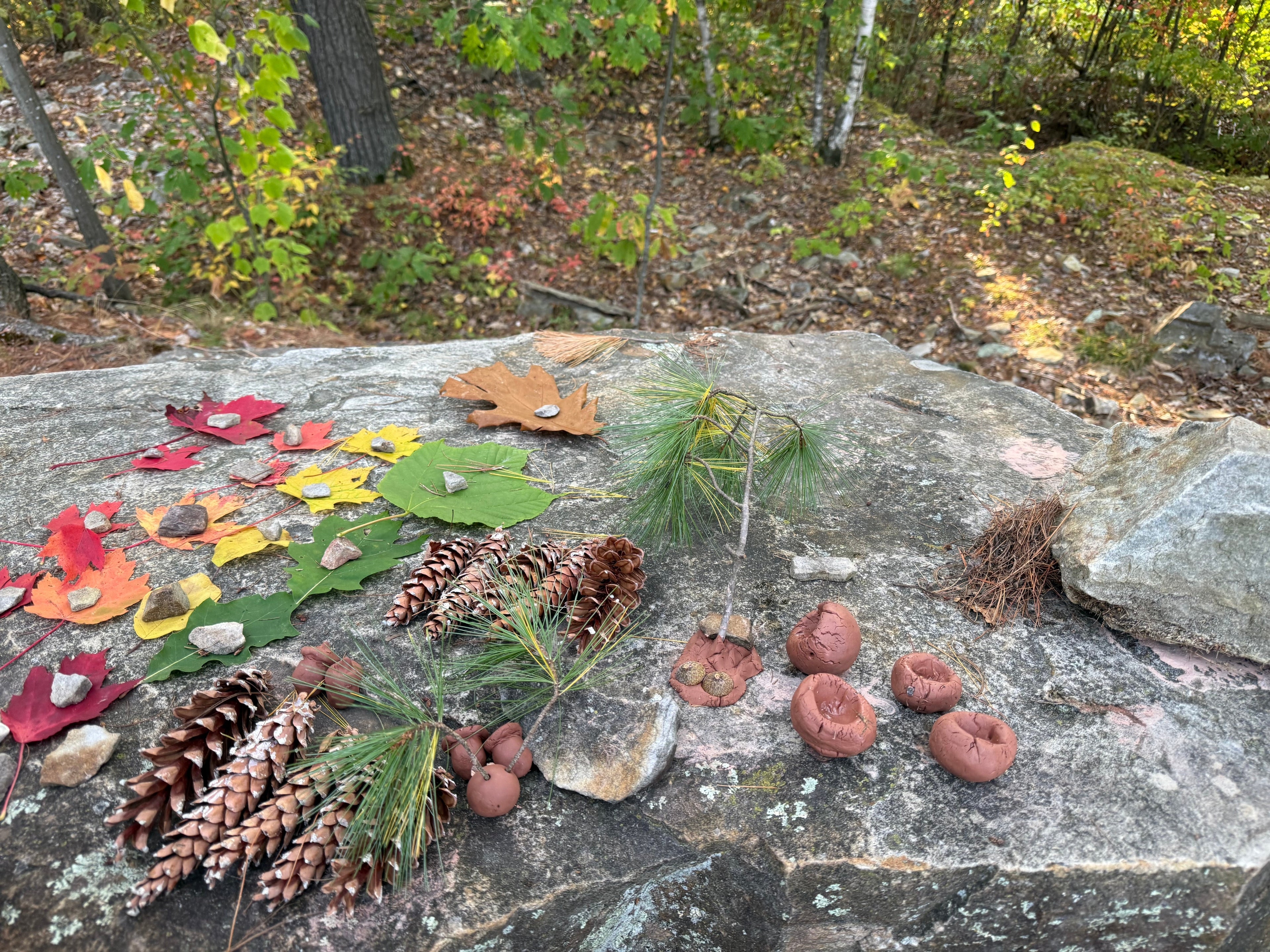
Planning for Play and Leaving Room for Emergence
Here’s the thing no one really prepares you for:
Raising children, living with children, teaching and caring for them—it’s messy. It’s hard.
Not the kind of hard that resolves with a checklist, but the deep, soul-tangling kind.
The kind that holds both joy and exhaustion in the same breath.
If we’re lucky, amid the spilled cereal, the interrupted sleep, the tantrums and tears,
there are moments—small, fleeting, holy—where it all feels worth it.
Moments where the love is so bright it almost hurts.
Moments that remind us why we show up again tomorrow.
But our instinct, in the face of the chaos, is often to control it.
To contain the wild edges.
To hold the whole thing together with routines and rules and quiet desperation.
We try to keep it all neat, and when that fails (as it often does),
we fall headfirst into the very mess we were trying to avoid.
And for those of us carrying our own histories of trauma—
housing insecurity, food insecurity, neglect, abuse—
the job becomes exponentially harder.
We’re not just parenting. We’re reparenting—
trying to offer something we may have never received.
Trying to hold our children with care while still learning how to hold ourselves.
Oscillating between chaos and control, never quite finding solid ground.
Planning for play in the midst of all this? It’s not easy.
How could it be?
When your mind is juggling the price of milk, overdue bills, the next shift, the forgotten email, the shoes that no longer fit—
play can feel like a luxury.
A thing we’ll get to once everything else is handled, once the mess is swept, once the day stops spinning.
But here’s the secret:
Play is not extra. It’s essential.
It’s the language of childhood—the way children make sense of a world that often doesn’t make sense.
It’s how they learn to exist, to belong, to speak their truths, and test their edges,
in the very world they will one day be asked to care for.
And so, we squeeze play in where we can.
A soccer practice with a whistle and a start time—check.
A neatly arranged playdate, fully supervised—check.
A fenced-in park with rules and safety rails and signs that tell us what’s allowed—check.
And let’s be honest: sometimes, that’s all we can manage.
In survival mode, we choose the kind of play that doesn’t ask too much of us—
that feels safe, contained, predictable.
And there is no shame in that.
But maybe—just maybe—something in you is still aching.
A quiet wondering.
Not guilt. Not failure. Just a soft voice asking:
Is this all there is?
Could it be that in our efforts to do more, to provide more, to manage it all,
we’ve squeezed out the wild, unmeasured, unscripted kind of play—
the kind that lives in cardboard forts, messy kitchens, aimless afternoons, and muddy shoes?
Maybe the answer isn’t doing more.
Maybe the answer is doing less—just enough less that magic can slip back in.
That wonder can take up space again.
That your child can show you who they are when no one is scripting the moment.
So what does it look like to plan for play—
not in a way that controls it, but in a way that holds it?
What does it mean to create a container that’s steady enough to feel safe,
but open enough for wonder to sneak in?
It begins not with a schedule, but with a shift in mindset.
Here are a few places you might start:
-
Create time without filling it.
Set aside a small pocket in the day with no agenda. Let your child lead. Let the moment unfold without needing to direct it, fix it, or name its value. Boredom might come first—but boredom is often the threshold to creativity.
-
Say yes to mess.
Allow space for the kind of play that leaves trails behind—forts made of couch cushions, muddy footprints, glitter in strange places. These moments may look chaotic, but they are full of experimentation, risk-taking, and discovery.
-
Offer open-ended materials, not instructions.
A cardboard box. Fabric scraps. Old kitchen tools. Natural objects. The less a toy "does," the more a child can do with it. Let them make the meaning.
-
Loosen the grip on outcomes.
Not every moment needs to become a lesson, a milestone, or a memory worth capturing. Some of the most powerful play is fleeting, silly, purposeless—and that’s the point.
-
Go outside, even when it’s inconvenient.
Nature doesn’t follow human plans. It invites presence, patience, and unpredictability. A stick becomes a wand, a rock becomes a treasure. Outside, the rules shift—and often, so do we.
-
Model curiosity.
You don’t need to perform play—you just need to be present. Ask questions you don’t know the answers to. Notice small things out loud. Let your child see that you, too, are still learning how to wonder.
And most importantly...
-
Leave space for emergence.
You don’t have to plan the magic. You only have to make enough space for it to arrive. Trust that in the stillness, in the slowness, in the not-quite-knowing—
something beautiful will unfold.
Play doesn’t need to be perfect, scheduled, or even daily.
It just needs a crack in the routine—
enough room to breathe, to bloom, to be.
And when we give it that room,
play has a way of returning to us—not just for our children,
but for the parts of ourselves that have long been waiting to be invited back in.


0 comments